
Frozen Ever After. Jurassic World: The Ride. Hagrid's Motorbike Adventure. TRON Lightcycle Power Run. Star Wars: Rise of the Resistance. Remy's Ratatouille Adventure. Despicable Me: Minion Mayhem. Guardians of the Galaxy: Cosmic Rewind.
The rising tide of innovation and storytelling is lifting Disney and Universal to new heights, with a seemingly limitless supply of cutting-edge and spectacular attractions debuting year after year. Still, it hasn't escaped fans' notice that nearly all of the projects in the pipeline for major U.S. parks have something in common... It's enough to cause some fans to wonder aloud, Will we ever again see an "original" anchor attraction at Disney or Universal parks? Or is the future filled with E-Tickets backed by billion-dollar box office hits and popular intellectual properties alone?
When did Disney Parks exchange bold, original attractions crafted by Disney Imagineers for the chance to "RIDE THE MOVIES"? How have the "Content Wars" heated up the back-and-forth battle for the Butterbeer budget? And what, exactly, is going to happen next in the ongoing race keep guests at Disney and Universal parks coming back for the hot properties of today? Strap in as we dive into the history of "riding the movies" and see how this character-infused era has been reimagined as never before...
Cinematic start
H-O-L-L-Y-W-O-O-D. From the glitz and glamor of yesteryear to the box office blockbusters of today, those nine white letters embedded on a hillside have come to symbolize entertainment, wealth, and possibility. “Hollywood” conjures images of lush palm-lined streetscapes, plush red velvet theaters, premiere lights dancing through the sky, and the over-the-top lifestyles of the stars… Lifestyles that maybe – just maybe –we, too, can achieve.
Hollywood has been cinema’s “Tinseltown” since at least 1912, when Universal Studios (among others) was founded there. Three years later, Universal’s world famous Studio Tour opened, offering gawking guests from around the globe a look behind the scenes for the price of just five cents (which included a boxed chicken lunch).
Image: Disney
As the emerging “motion picture” industry moved to Los Angeles, studios drew innovators, actors, and artists like Walt Disney, who showed up in July 1923 (no doubt hoping to have better luck in Hollywood than he’d had in his bankrupt Kansas City-based Laugh-O-Gram Studios). By the end of the decade, sound had turned mere “movies” into “talkies,” igniting the Golden Age of Hollywood that would last for forty years.
The allure of seeing how movies were made was a motivating force for tourism in Southern California. Even for Disney, letters poured in requesting that Walt Disney Productions open its facilities for tours. Thankfully, Walt recognized that there would be little thrill in seeing old men hunched over easels inking animation cels… but requests to “meet” the characters from Disney’s films did get him thinking….
Disneyland (1955)
Image: Disney
Believe it or not, “riding the movies” began in earnest over sixty years ago in Disneyland itself.
Though today we look back and analyze Walt’s 1955 park as an artistic statement based solely on original ideas, it’s… just not right. In fact, stripping away the noble hopes and aspirations Walt might’ve had for his little park, one thing is certain: he wanted it to be popular.
The “lands” of Disneyland weren’t chosen at random, but for their significance to pop culture in the era; the attractions within those lands almost invariably tied to or explicitly featured characters and stories popularized by television shows and films in the ‘50s.
Image: Disney
-
Adventureland barely squeaked away from its intended name, True-Life Adventureland, explicitly name-dropping Disney’s True-Life Adventures docu-series (1948-1960), with the Jungle Cruise poised to be a True-Life Adventure of its own;
-
Frontierland exists solely due to the pop culture popularity of the “Old West” genre in the era, and was built to align with Disney’s Davy Crockett series (1954 - 55) and Zorro (1957), plus American favorites of the era like The Lone Ranger and Tom Sawyer;
-
Tomorrowland – though it opened as a corporate showcase – at least had one Disney-built attraction: a walkthrough of the film sets from Disney’s 1954 film, 20,000 Leagues Under the Sea.
Image: Walt Disney Family Museum
-
Fantasyland was built almost entirely of attractions based on Disney’s animated films, including its particularly well-known Fantasyland dark ride suite recalling Snow White and the Seven Dwarfs, The Adventures of Ichabod and Mr. Toad, and Peter Pan.
So even from the start of “theme parks” we as know them, explicit references to the movies have been a part of their DNA. (Remember that when fans today decry Disney Parks as chasing trends and trying to cram in pop culture.) Yet perhaps the biggest step toward the kind of “riding the movies” we know today came about just north of Disneyland.
Universal Studio Tour
Image: Universal Studios, via thestudiotour.com
Though Universal had practically invented the idea of seeing “behind the scenes” back in 1915, their fabled tour had come to an end in the 1930s when the advent of recorded sound in pictures meant that movies required quiet, closed sets.
But in 1964, the revived Studio Tour (with guests seated on “Glamor Trams,” above) debuted, redefining what it meant to visit Hollywood. From then on, the multi-hour studio tour became a highlight of any visit to the movie-making capitol of the world, whisking guests through the real production facilities of the fabled studio and giving them behind-the-scenes access to see how filmmakers could use simple special effects to bring movies to life.
Image: Universal Studios
In 1968, the Tour introduced a “flash flood” scene (still in use today) wherein the tram would pull into a Mexican town. Through a bit of “movie magic,” a dazzling Southern California afternoon quickly turns into an unexpected rainshower, then a storm, before a cascading wall of water gushes down the muddy slopes of the hills of town, careening toward the tram. With a “cut!” the rain stops and the scene resets, demonstrating the incredible power of practical (that is, not digital) special effects. And sure – seeing behind the movies is different from riding them…
But the idea of encountering special effects encounters along the tram’s route continued, including in 1974 when that same kind of effects wizardry would be put to use in a different way. That year, the tram’s route began to include a trip through a custom-built soundstage where water, fire, sparks, and massive set pieces made guests feel that they were in the midst of a catastrophic 8.3 scale earthquake from that year’s film, Earthquake.
Image: Universal Studios
The next year, an animatronic of the great white shark from JAWS began terrorizing tram riders in an experience that blurred the line behind special-effects-demonstration and mini-ride. It was followed up with an elaborate soundstage scene from Battlestar Galactica in 1979. And while each scene ended with “Cut!”, Universal’s epic encounters with staged terrors had set a new standard… One Disney would soon follow.
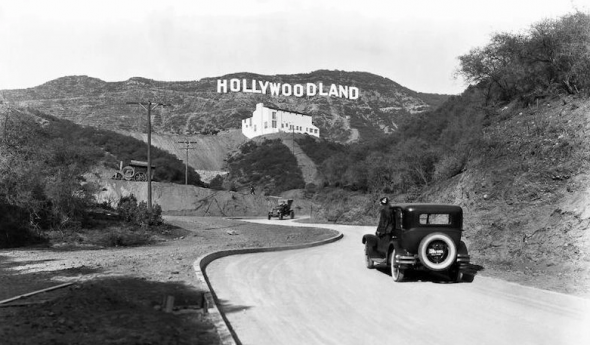
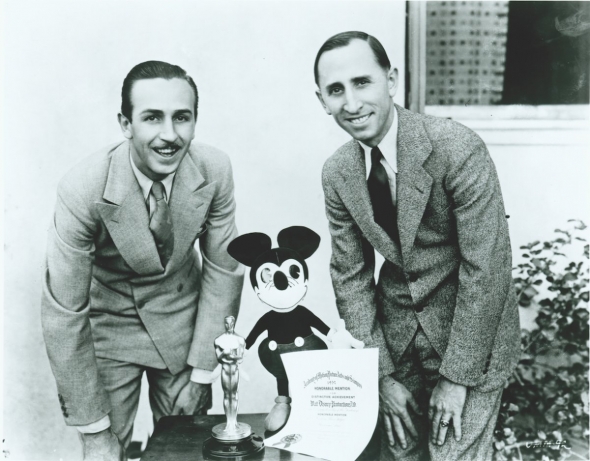
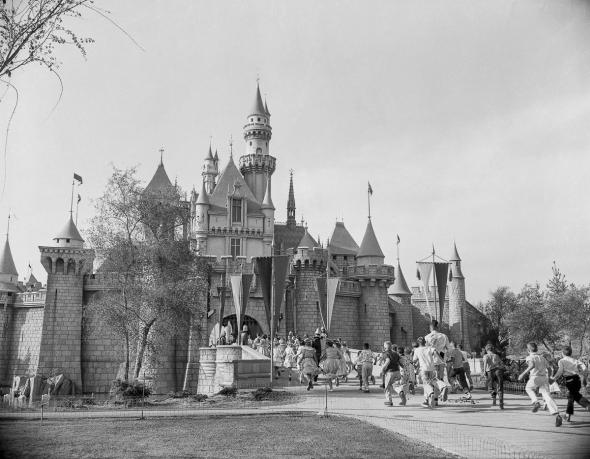
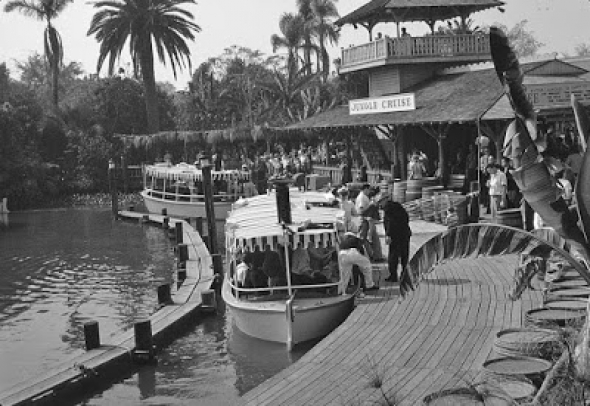
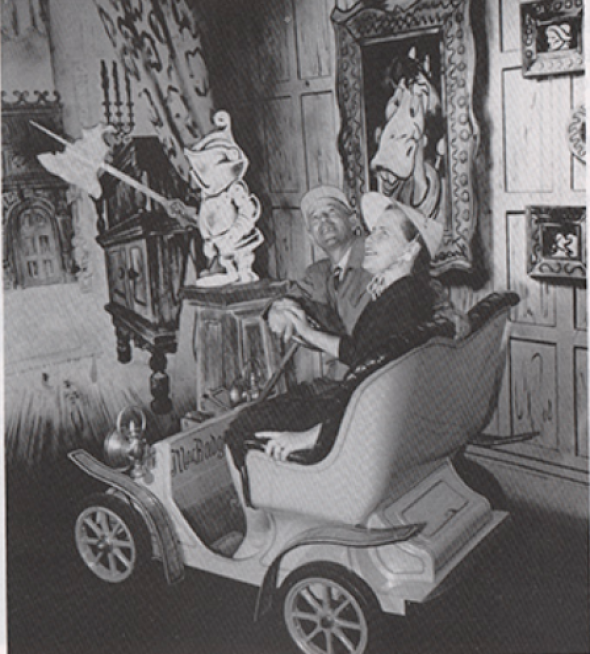
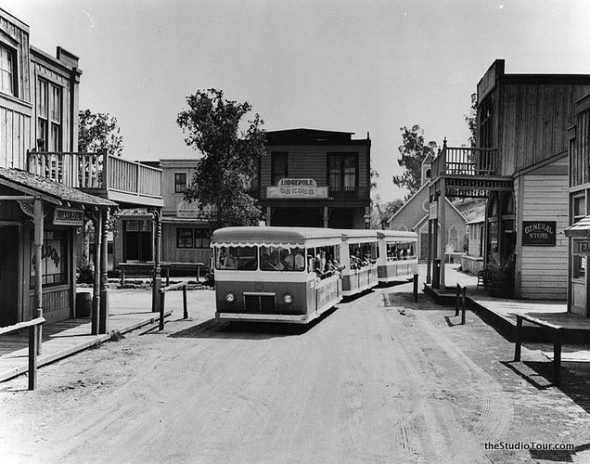
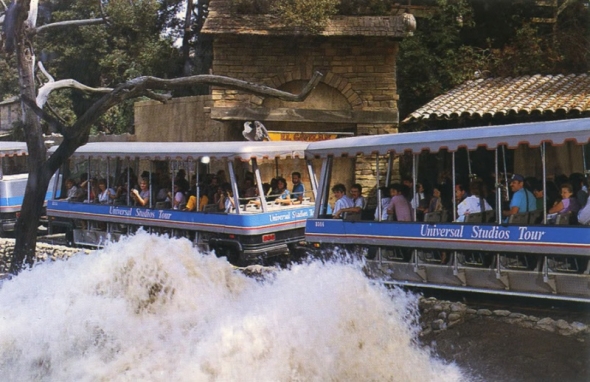
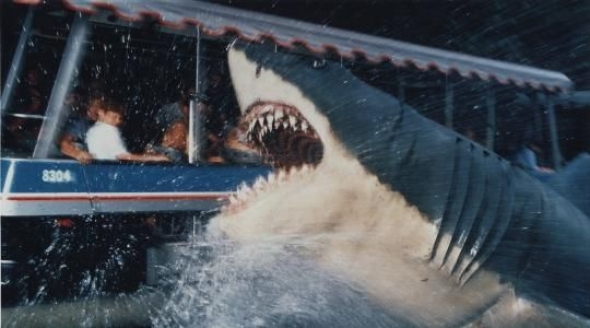

Add new comment